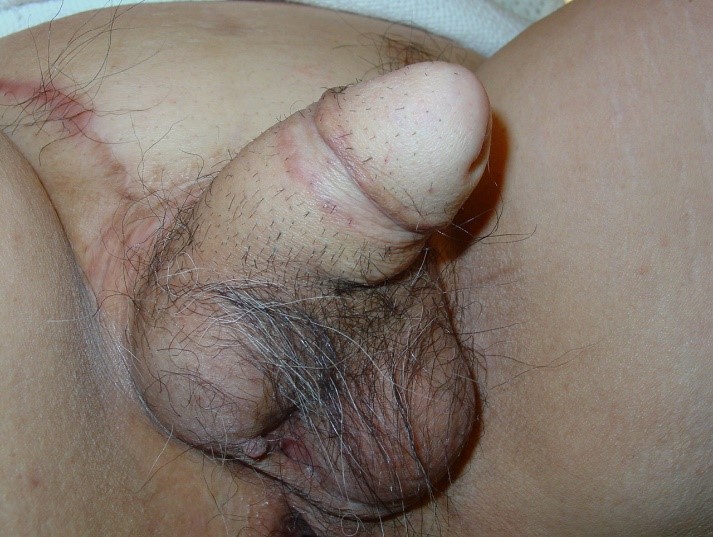Similar principles apply if there is a stricture. The stricture needs to mature so that it does not narrow further after the repair has been performed. This may require a suprapubic catheter being inserted to divert the urine for a few weeks first. Some patients manage with regular self-dilation and generally as long as a size 14F catheter can get past the stricture, it is good enough to pass urine through. If a repair is necessary then we use local skin flaps, if available, otherwise buccal mucosa or posterior auricular skin.
Redo fistula repairs have an increasingly poorer success rate so if a 3rd repair is needed, it is done in conjunction with a vaginectomy which has an almost 0% fistula rate.




